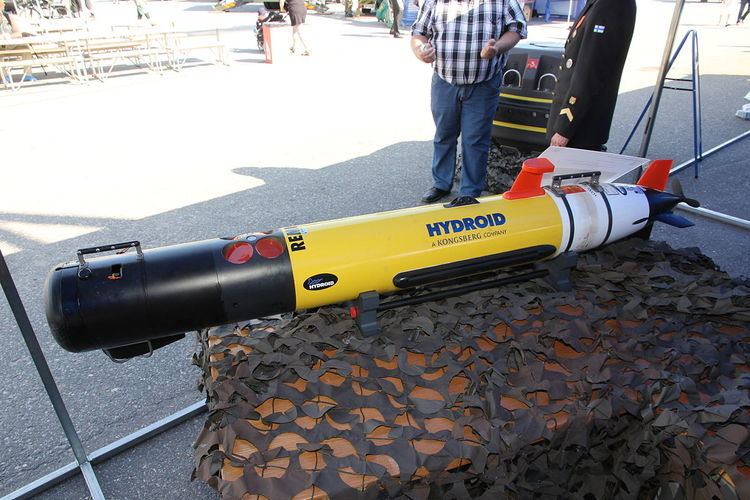 | ||
The REMUS (Remote Environmental Monitoring UnitS) series are autonomous underwater vehicles (AUVs) made by the Woods Hole Oceanographic Institution and designed by their Oceanographic Systems Lab (OSL). More recently REMUS vehicles have been manufactured by the spinoff company Hydroid Inc. The series are designed to be low cost and can be operated from a laptop computer.
There are several designs of vehicle, though all are torpedo-shaped vessels. They vary in size from the largest, the REMUS 6000 at 3.84 metres (12.6 ft), to the smallest in diameter, the REMUS 100. The midsized REMUS 600 was previously known as the REMUS 12.75, so called due to its diameter, 12.75 inches (32.4 cm). It was renamed to the 600 to correspond to the maximum depth it can operate at.
REMUS units were used successfully in 2003 during Operation Iraqi Freedom to detect mines, and in 2011 during the fourth search for the missing aircraft "black boxes" from the crashed Air France flight AF447, which they successfully found. Three REMUS 6000 units were used in the AF447 search. In a video posted by Colombian president Juan Manuel Santos, a REMUS 6000 is seen being used by the Colombian Navy to examine the shipwreck, now patrimony, of galleon San José that sunk in 1708 off the coast of Cartagena de Indias.
